|
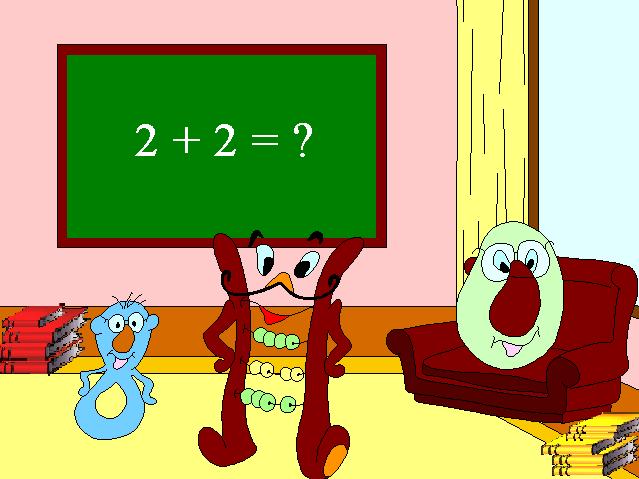
The games in this room are designed to reveal managing the number keyboard block. They improve the abstract-logical thinking, present the graphical appearance and the names of 1 to 9 numbers to the user. The games also develop the ability to count, form quantity concepts and idea for continuity and order. They help users understand and learn concepts such as greater and smaller.
The games, included here, are
"Numbers" and
"Compare".
NUMBERS
|
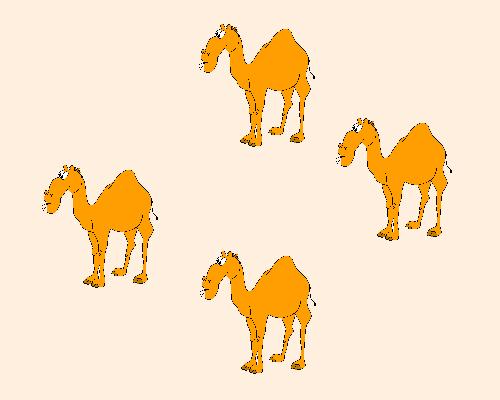
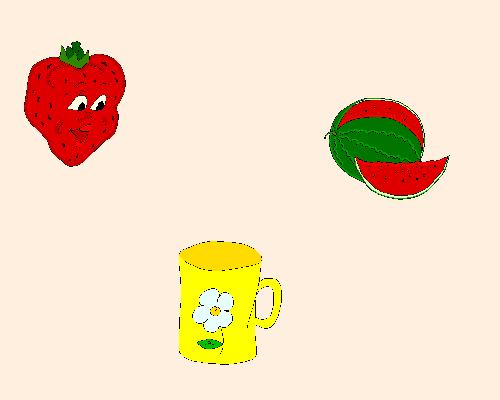
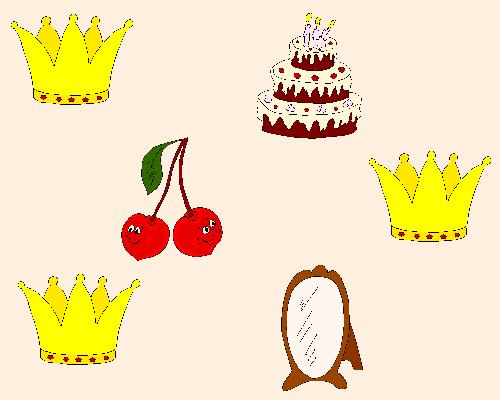
|
The "Numbers" game consists of three levels and is designed to improve working with the digits’ keys of the keyboard. The main task of the game is to enter the correct digit, showing the number of the objects loaded on the screen.
In the first level there are some (random number between 1 and 9) identical pictures and the user has to enter the correct, corresponding to the number, digit. The pictures in the second level are different and the situation is similar. The user has to count them and enter the right number. In the third level there are several (between 1 and 9) pictures on the screen, some of which could be the same. The user must enter the number of a definite picture, whose name he hears.
The game presents the graphical appearance and the names of 1 to 9 digits, reveals abstract-logical thinking, ability to count, quantity concepts.
|
COMPARE
|
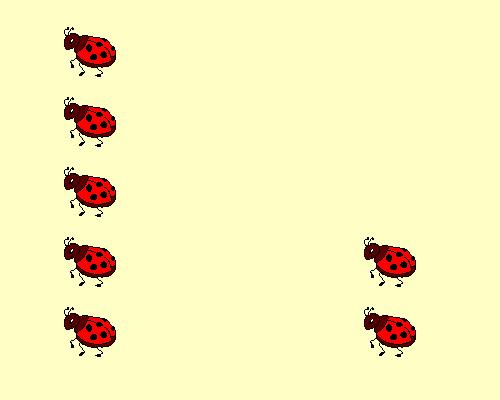
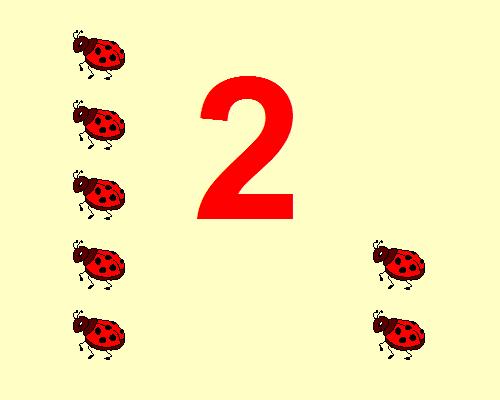
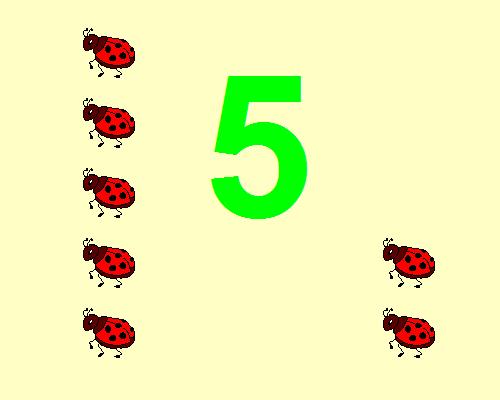
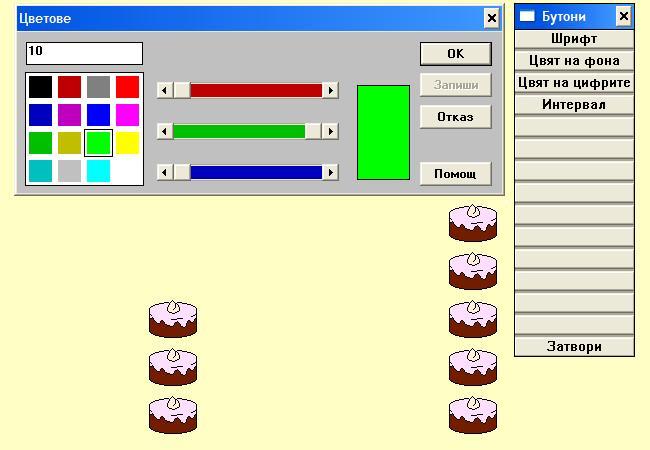
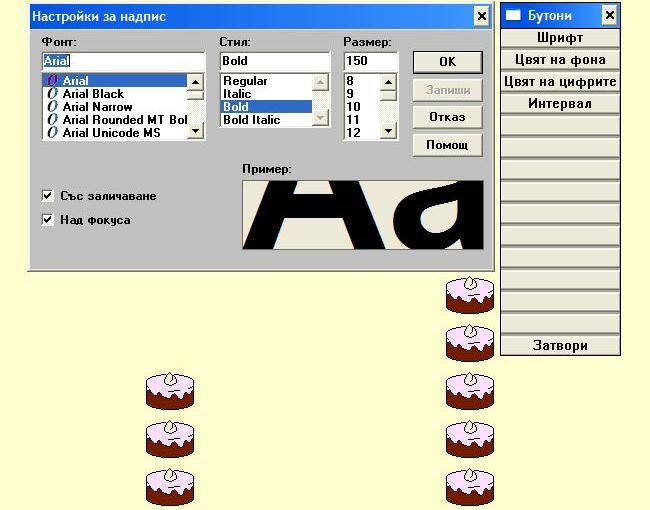
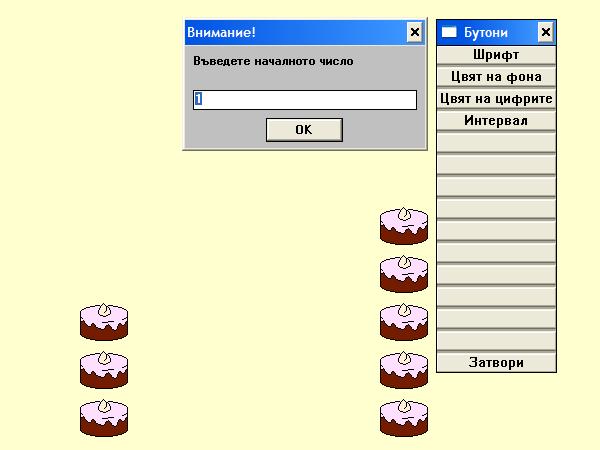
|
The "Compare" game is designed to form quantity concepts and mostly to understand the idea for more and less. It also improves working with the number keyboard block. The user has to compare two random numbers between 1 and 9. Each number is presented quantitatively by loading a suitable number of objects vertically (one above another). Thus the user could connect the number with the quantity it means. The names of the digits and the task are heard when objects appear on the screen (e.g. “What is more from 5 and 2?”). The numbers to compare and the question (“more” or “less”). The user has to enter the right digit from the keyboard. When he enters any digit, it appears on the screen and its name is heard. Thus the user could learn the graphical appearance of the digit and the quantity it means at the same time.
The game allows custom setup for the background color, font properties, the color of the appearing digits and the interval in which digits are compared (e.g. if the interval is determined from 2 to 5, the tasks of the game would be to compare all the digits between 2 and 5, including 2, 3, 4 and 5).
The game presents the user the graphical appearance of the digits from 1 to 9 and the names, corresponding to them. It reveals abstract-logical way of thinking, ability to count, forms quantitatively concepts.
|
|